10 Top Tips
FAQs – Common questions when hiring a design agency
–
Hi, Mark here from design studio Superfried. Design is quite a strange and mysterious industry for those not within it. Unsurprisingly, it raises curiosity, questions and a lot of misinformation. It is hard to trust an external company. To address this, here are 10 points that will hopefully resolve your concerns. But if not, drop me a message or book a call to chat about your project.
- –
- 01 How long have you been a graphic designer?
- 02 Why is branding so expensive?
- 03 How long will a design project take?
- 04 How will I be involved in the design process?
- 05 How do you charge for design projects?
- 06 What about changes and design revisions?
- 07 What if I require other creative services?
- 08 Upon completion, what will I receive?
- 09 Who owns the design copyright?
- 10 What happens to the unused designs?
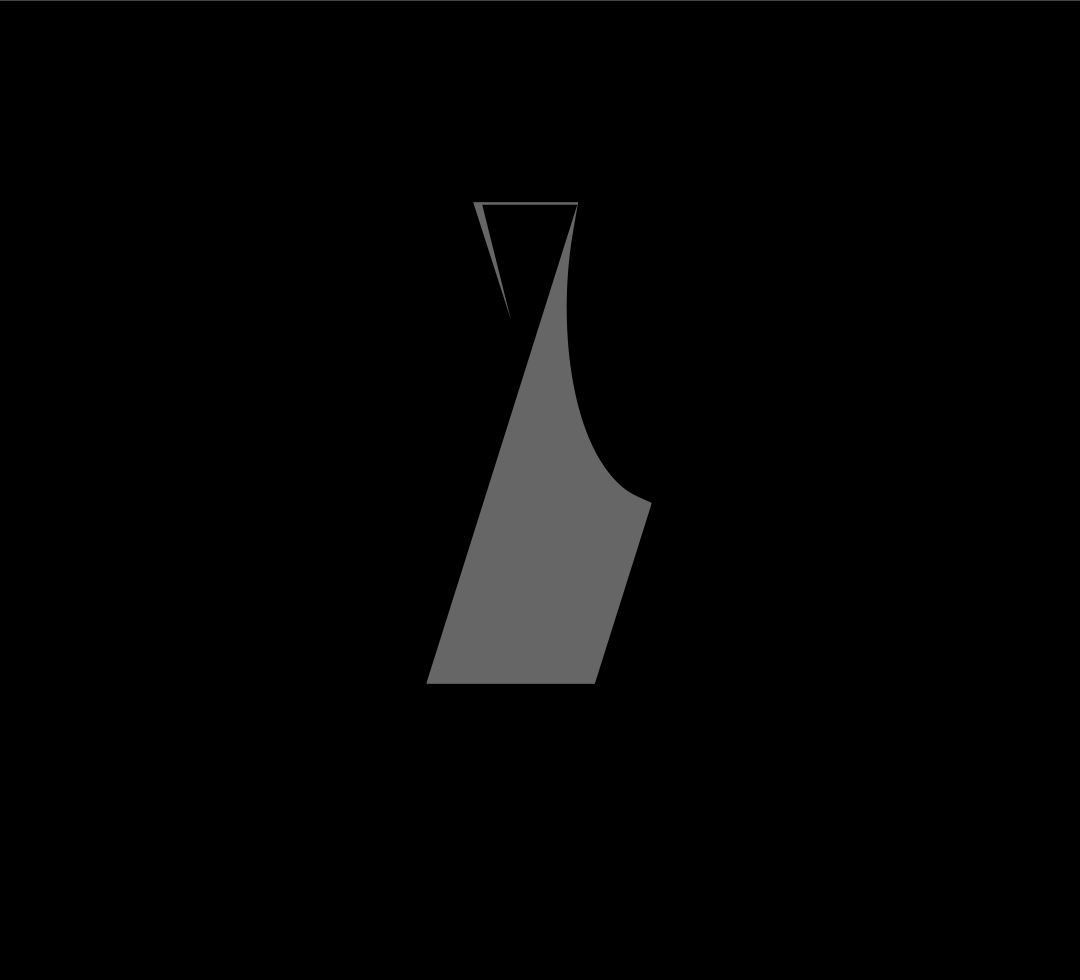
01 How long have you been a graphic designer?
As mentioned, I am self-taught with no formal design education. I started learning to design in my first proper job back in 2000! At that time I was working in London for the International Herald Tribune [IHT] newspaper – now called the International New York Times. I was a member of the support team for the advertising sales department. The IHT was a hard paper to sell – up against huge business publications like the Wall Street Journal and the Financial Times. Consequently, the sales team welcomed any ideas or tools to help them win the business.
To obtain experience I started by creating their sales decks in Powerpoint. I then moved on to producing ad mock-ups in Photoshop. The designs were placed within pages of the actual newspaper to help their client visualise the potential impact of the proposal, as upon turning the page the client was face to face with their own brand. This approach was effective and in constant demand, so I seized the opportunity to start learning how to be a graphic designer.
The head office was in Paris, so in London, there was only one in-house graphic design position in the marketing department. Despite being offered a sales manager role, when the design post became vacant I immediately applied. To my great shock, I got the job.
I was playing catch-up and had a lot to learn. So in my spare time – evenings and weekends – I was designing for friends and starting to nurture my own clients. After the IHT, despite my educational background and lack of experience, I managed to land a new design role within a financial PR firm. Whilst there I continued to maintain my own out-of-hours clients. A year and a half later in 2005 I left and went solo. I have worked for myself ever since.
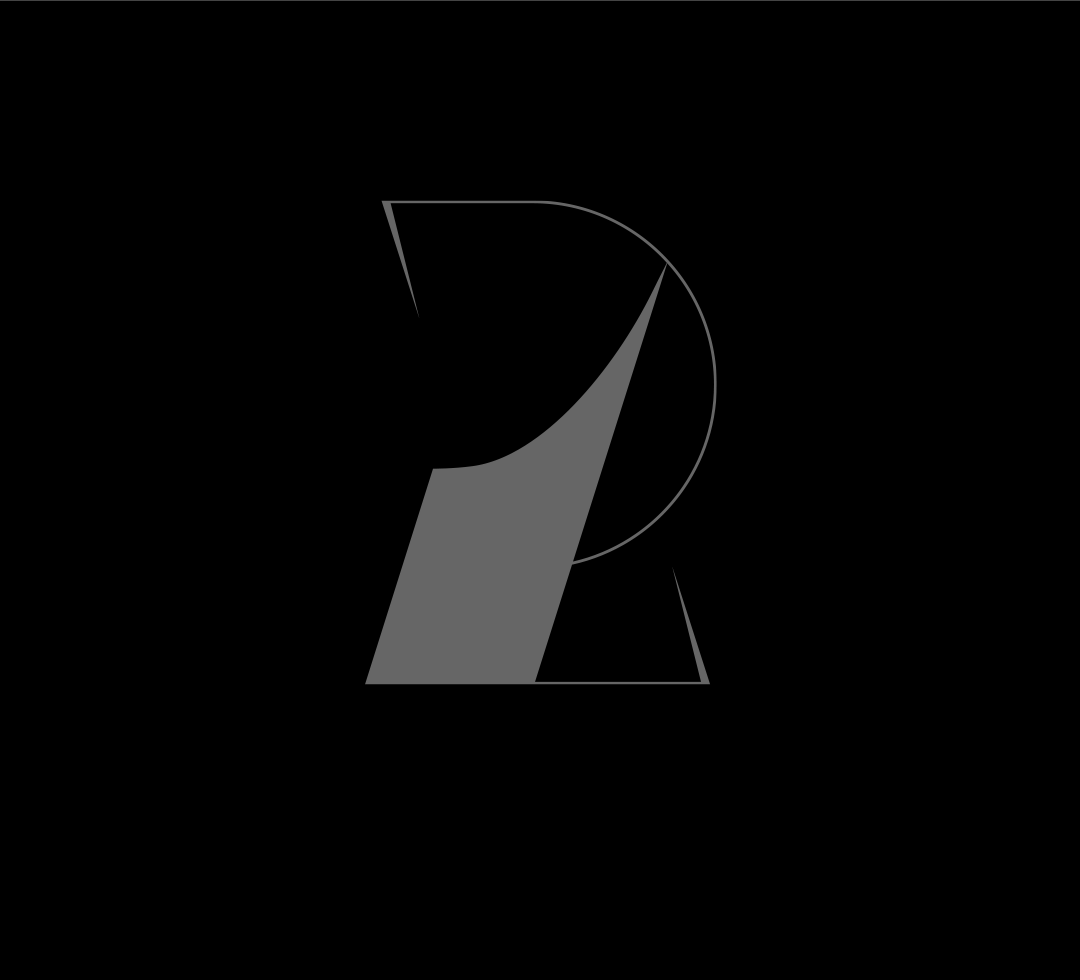
02 Why is branding so expensive?
The short answer to this is, that I don’t agree and actually believe branding is good value. But of course, I would say that : )
This is a tricky question that confuses people until they have either tried it or been through the process with a graphic designer or a creative agency. When you have witnessed this first hand, the return on your investment becomes clear. Many now think that graphic design should be cheap, after all, how hard can it be? This assumption is not helped by the fact that creative agencies often pitch free work and ideas to win projects – an approach not employed in hardly any other sector. This was beautifully illustrated by a Canadian media agency – Zulu Alpha Kilo – in a comedic spoof video where they ask other professionals to provide their services for free. You can imagine the response. See video link below.
Many feel it is just pretty pictures with little real value – yet some of the smartest business minds in the world spend millions on branding. For the majority this can seem ludicrous as they only see the little logo in the corner of the screen – unaware that a brand identity is so much more than a symbol. Lastly, everyone has an aesthetic preference and viewpoint – the majority think they could do it themselves. This is not a problem faced by plumbers or web developers. Getting it right takes time. Despite what the internet may say, there are no shortcuts.
I like to think that investing in a brand identity is similar to buying a high-quality suit. Since it is expensive you will give much more time and consideration to your purchase than for a cheap T-shirt or skirt. You may try different tailors that use a particular cut that suits your body shape. You may even go further and opt for made-to-measure. The cost can seem prohibitive, but it is an investment that over its lifetime offers great value.
The care and consideration taken will now ensure that every time you wear it, you will feel confident. You will be consistently perceived and look as you intended. And, if you opt for a timeless style, avoiding trends and pies it should last you 10+ years. The same should apply to your brand identity. It should feel comfortable, give you confidence and reflect you and your organisation at its best for a long time.
References
-
Zulu Alpha Kilo – Say no to Spec
Zulu Alpha Kilo
Say no to Spec
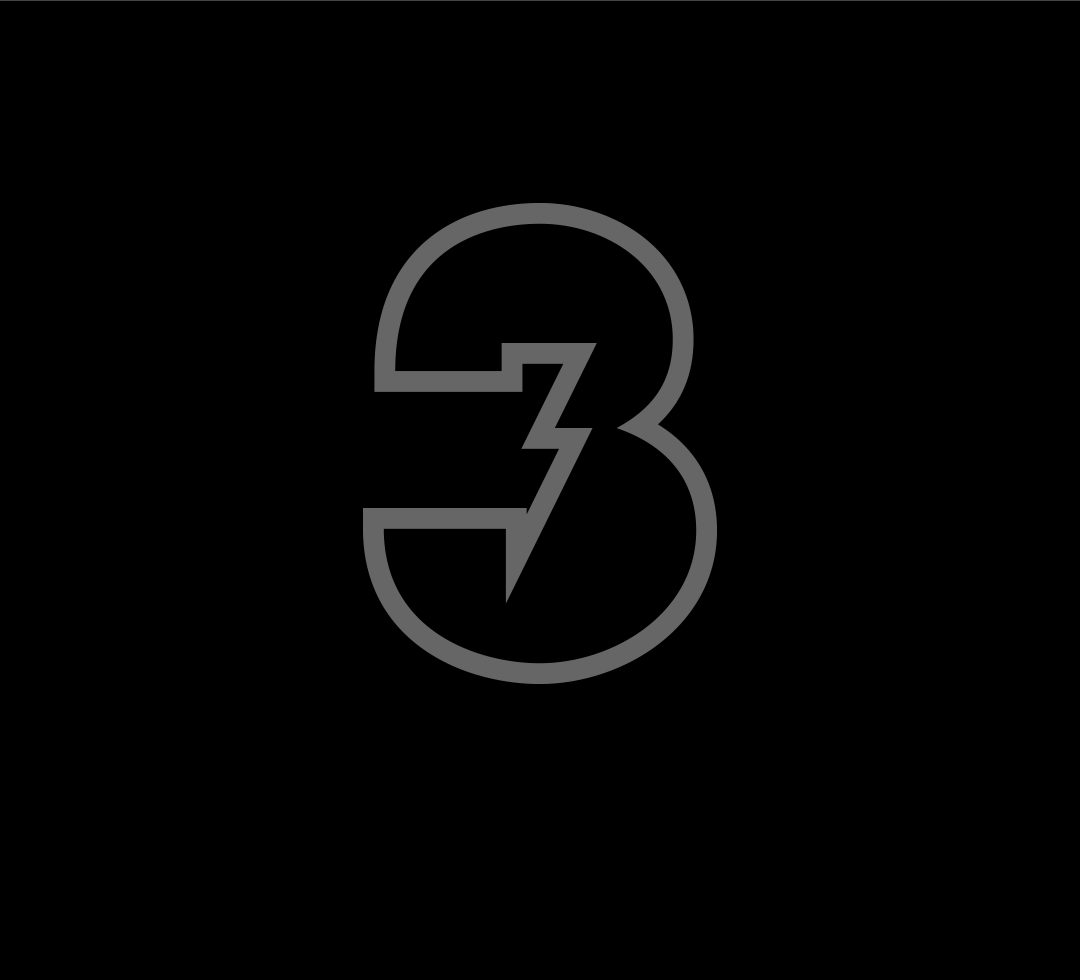
03 How long will a design project take?
This can vary dramatically depending on the complexity of the design project and the volume of deliverables required. Generally, I have found that branding projects range from around 4 – 12 weeks. Another key factor is the availability of the client.
When asking new clients what the deadline is for their design project, the most common response is ASAP. Yet, once the work begins customers are often too busy to connect and maintain project momentum. Consequently, if your design requirement is time-sensitive, try to allocate diary slots in advance to ensure it will proceed at an optimal rate.
Please also bear in mind that, unlike other sectors, with graphic design, it is not possible to only conduct one project at a time and stay in business. Graphic designers and creative agencies will usually be working with multiple companies at any given moment. Some take on too much, which means both the clients and the results suffer. Saying no is hard, as the opportunities are exciting and the creative sector is very competitive. But through experience, I have found it is essential to maintain a healthy business, happy customers, and my sanity.
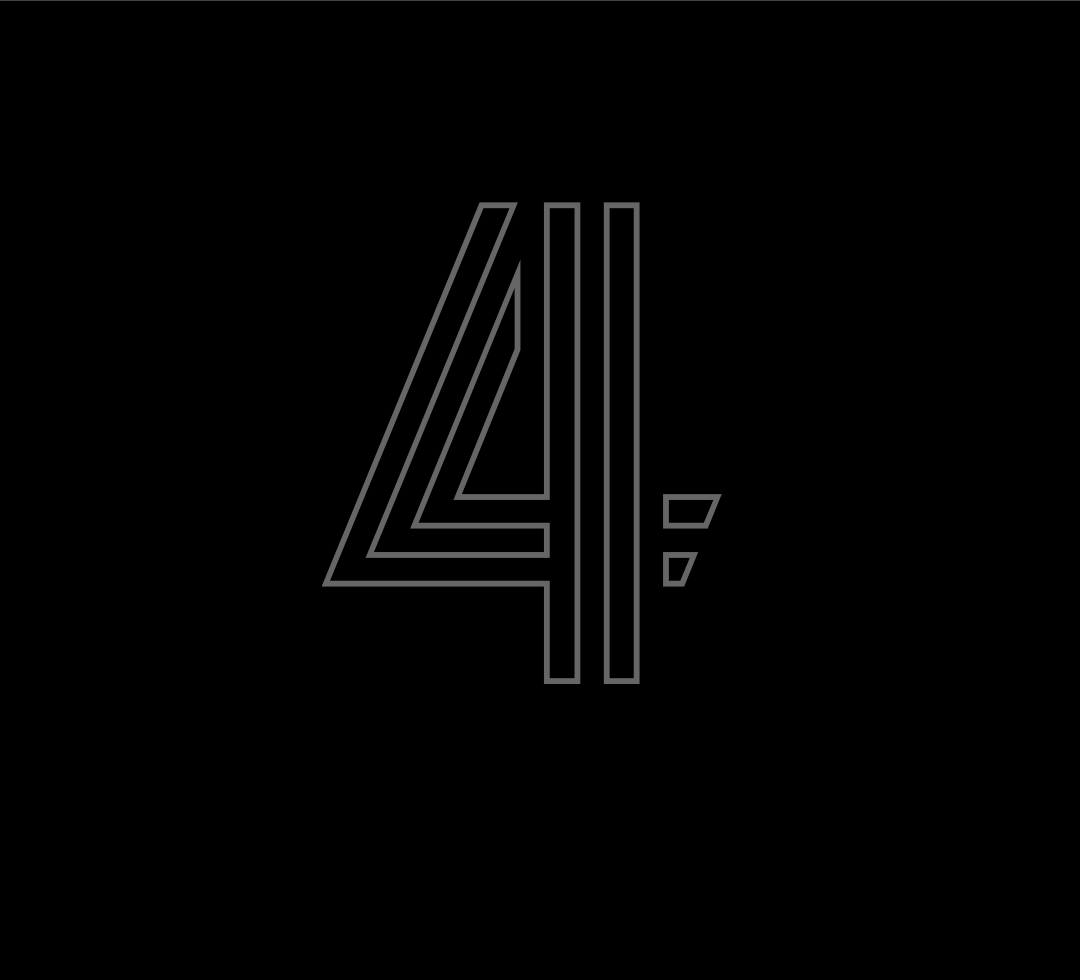
04 How will I be involved in the design process?
I feel it is essential that you, the client, are involved consistently throughout the design process. To get the ball rolling in the discovery phase, I start by sending a questionnaire to each key decision-maker. This is to obtain an overview of you, your purpose, your company, your competition, your ambitions, and the challenges you are facing.
I insist that they are answered individually by each stakeholder as the ambitions and views each has for the company can differ considerably. Once received, it provides a great opportunity to connect the parties again to establish where they may not be aligned and resolve any different views before proceeding. This stage is essential, as omitting this action can lead to serious problems later in the project.
Once alignment and consensus have been reached we will subsequently connect regularly. When and how these proceeds will be dictated by the client. I have found this can vary considerably. Some customers prefer face-to-face meetings, others a weekly video call and for those constantly on the move, communication has been purely via email.
Your input will be required throughout each stage of the design process. See the link to the process page below. The design project will not proceed until a prior stage has been signed off to ensure no element is left to chance and reduce the risk of errors.
References
-
Services and process
Services and process
How it all fits together

05 How do you charge for design projects?
This is always a tricky aspect to get right. When I used to work with media agencies a day-rate approach worked perfectly, since design projects were unpredictable and regularly took far longer than stated. If this happened, the agency would simply bill the client for the extra time. But with direct customers, this approach is simply not feasible as their design budget is usually capped.
Based on this experience I create bespoke price options for each project. Usually, three routes are proposed that vary in price from the essentials required through to every potential design deliverable you may need. At this point, if required, you can pick and mix deliverables to create a perfect, bespoke package.
This approach is great for you as the client, since it places all of the risk with Superfried. Regardless of how quickly the design project proceeds, within reason, you know how much it will cost. If I can create a design solution quickly, I earn more. If I take longer, I make less. Either way, you will have no hidden surprises.
For larger organisations, it may be necessary to provide design support regularly after the brand identity has been launched. In scenarios like this, I can establish a retainer package, or if the requirements are irregular, price additional design work on an ad-hoc basis. Although the latter option will be less cost-effective for the client.
With regards to billing, generally, I will request a 50% deposit before we start. Then upon completion, an invoice for the remaining 50% will be raised. However, having worked with numerous start-ups I also appreciate that it is a serious expense, particularly at the beginning for smaller companies when cashflow is challenging and can be key to survival.
Consequently, I have always adopted a flexible approach to billing. With many clients rather than the standard 50% deposit, I break the projects down into 3-4 stages to reduce the initial burden and invoice for the remainder as the design project progresses.
For other clients, I have actually broken the design project up into separate phases, introduced as their requirements increase and budgets permit. The discovery and logo stages are the most time consuming and costly, but required first, so this flexible approach helps to spread the costs evenly, whilst ensuring I can deliver a complete design strategy and solution.

06 What about changes and design revisions?
Some design agencies can be very specific and authoritarian about this to avoid scope creep. I can totally understand why, as I have had design projects in the past that have far outstayed their welcome. Having said that, I see design as a very organic process so I am quite flexible with regard to design iterations. It is difficult to be so specific about what is a change vs general progression and refinement. As long as the requests are reasonable it should not be a problem. However, if we are about to go live and you suddenly request a major change such as the company name – yes, that has actually happened! – we will need to have a little chat.

07 What if I require other creative services?
One of the benefits of long-term experience in the design industry is meeting a lot of talented, creative people. It is not beneficial to me or you as the client if I offer a service I can not successfully deliver. Therefore, when I receive requests for creative services outside of my skill set, I can now put together a bespoke team of tried and tested design specialists.
Via technology it is now possible for Superfried to remain small and efficient, yet remotely deliver complex design projects for larger organisations anywhere in the world. It still amazes me, as this would simply not have been possible in the not so distant past.
References
-
Services – How Superfried can help your business
Services
How can Superfried help
-
Collaborating with trusted specialists
Digital projects
Collaborating with trusted specialists
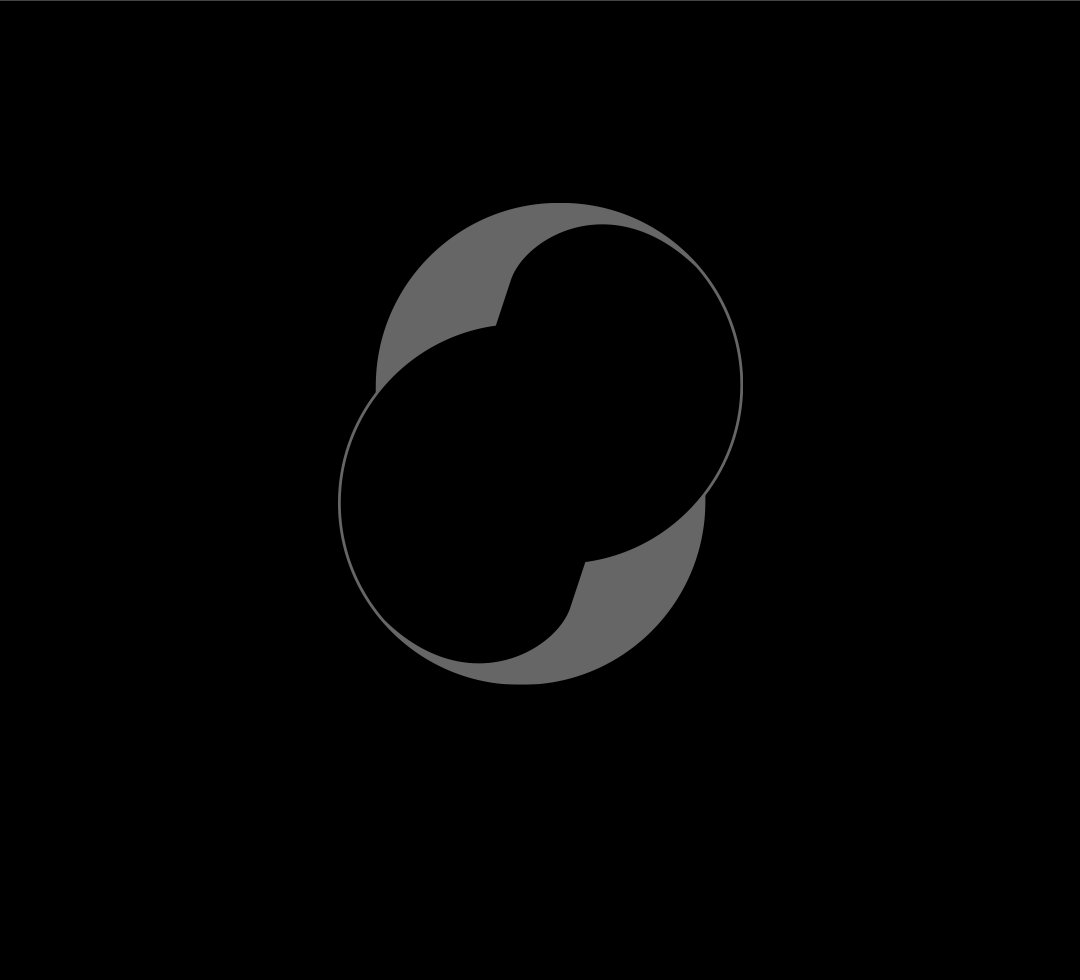
08 Upon completion, what will I receive?
Once the design work has been completed, all deliverables will be packaged and sent to you. This will usually include the following logo and logotype files for screen RGB (Red Green Blue) and print CMYK (Cyan Magenta Yellow Black) –
Screen RGB
eps – vector for screen
svg – vector for web
png – transparent background for screen and web.
Print CMYK + Pantone
eps – vector for print
The files above will be supplied in black and white in addition to the brand palette colours. To compensate for the optical weight gain of the logos in white and light colours on dark backgrounds – the irradiation illusion – a second version at a slightly reduced weight may be supplied. Consequently, never switch the colour of the logo files, always use them in their original form
In addition, there may be various templates / assets for marketing and social media such as a presentation deck, marketing brochure, stationery, animated logo idents, and social media ads. Lastly, you will receive a brand guidelines doc.
References
-
The Irradiation Illusion – Optical illusion observed by light objects on dark backgrounds
The Irradiation Illusion
Why light objects look heavier on dark backgrounds
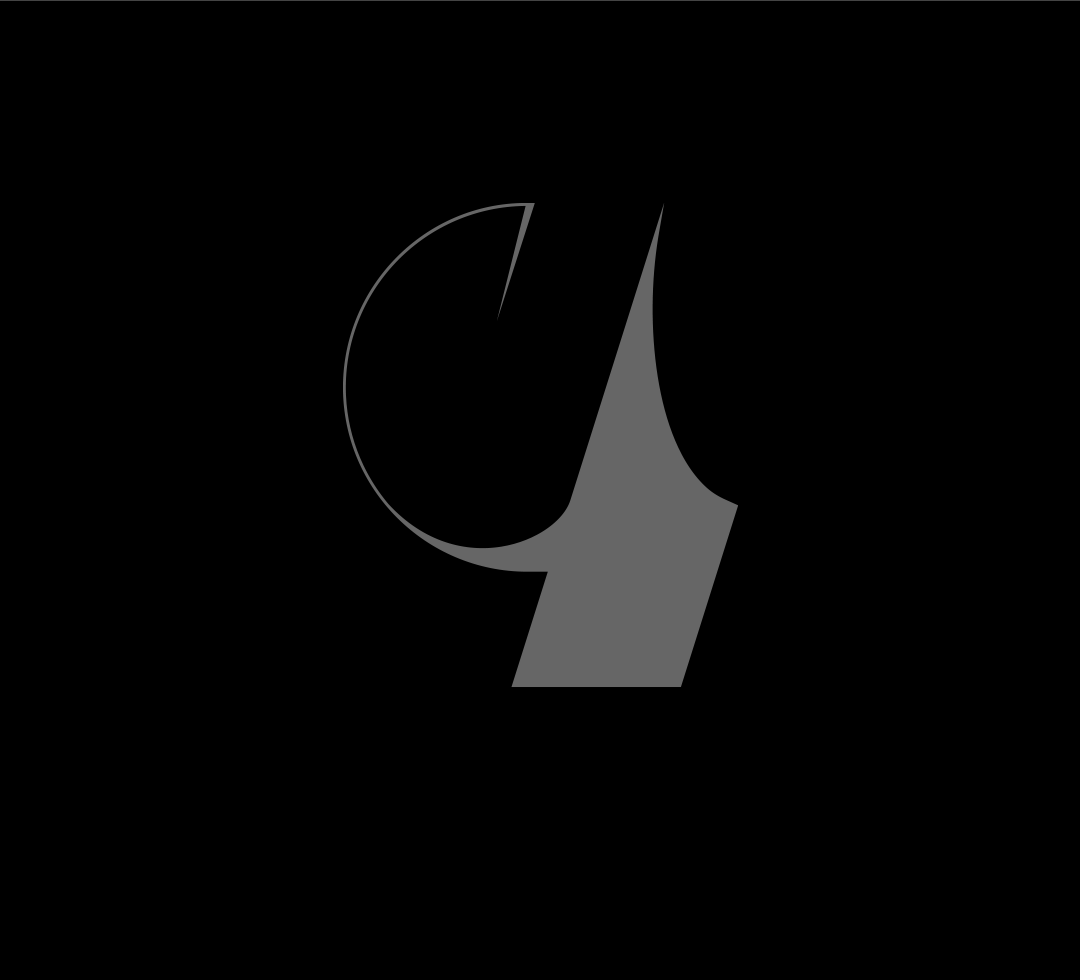
09 Who owns the design copyright?
When you receive the final design files and all payments have been completed, the copyright for the design work will now reside with you, the client. I only ask that I am granted permission to use the project design visuals for promotional purposes via my portfolio and social media. Be reassured I will always run any copy or case studies by you before going live.
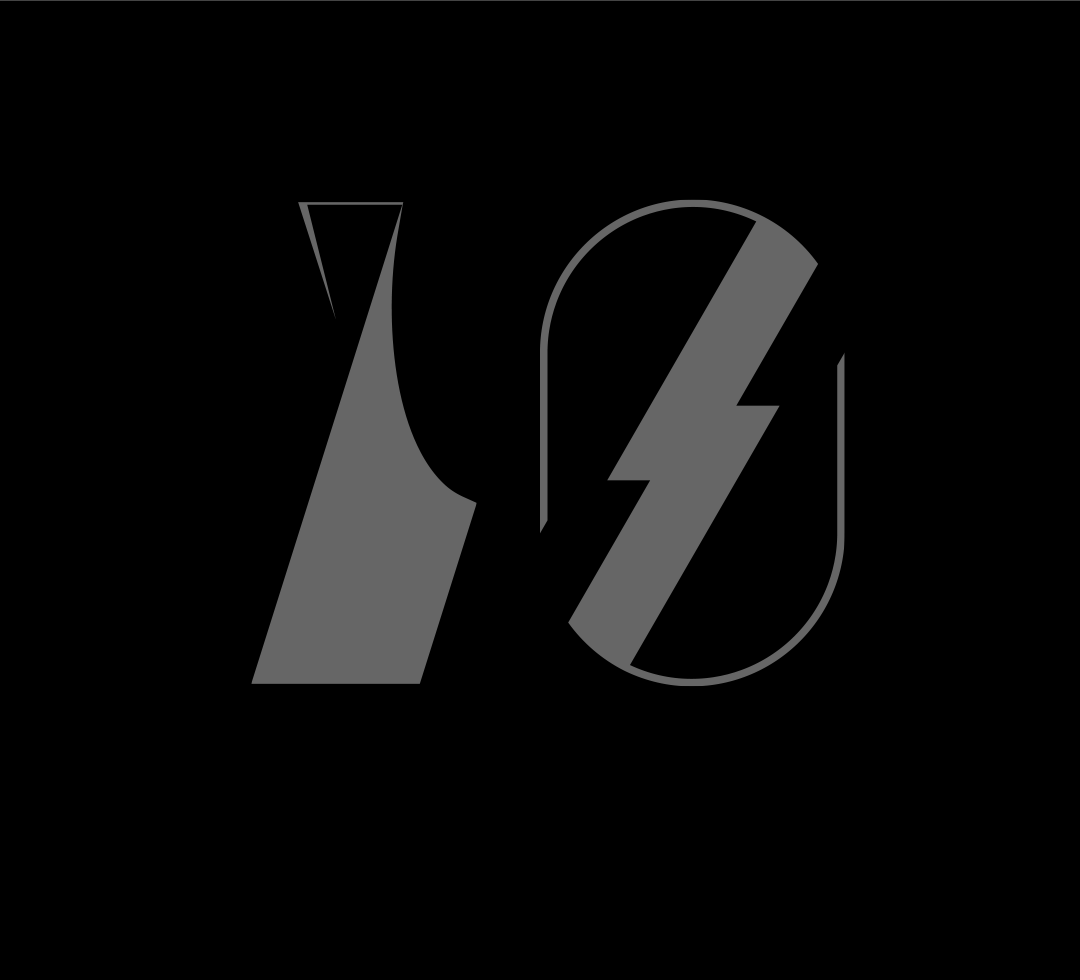
10 What happens to the unused designs?
This can be a concern for clients because there is a misconception about how a design project is billed. If I am charging a creative agency on a day rate, then it is fair for them to claim ownership of the design work created on their time. For that duration, I am effectively just another member of their staff.
But for a project rate, the price is based on value and the delivery of a design solution rather than time. Since you are paying for one solution, all unused ideas and design work will be retained by Superfried. If design agencies did not adopt this approach we would all have run out of creative ideas years ago!
Ok, so what do you do with the unused design work then?
Most unused ideas and designs are recycled as the starting point to generate new ideas for subsequent design projects. But don’t be alarmed, through the development process the final creative execution will never resemble the original source. The recycled ideas are merely used as a seed to set the design process in motion.
What next...
―
I appreciate that embarking on a design project can be daunting and confusing, so I hope the answers above have been useful.
But if anything is unclear or you require more information, please do not hesitate to drop me a message or book a call.
―
Mark